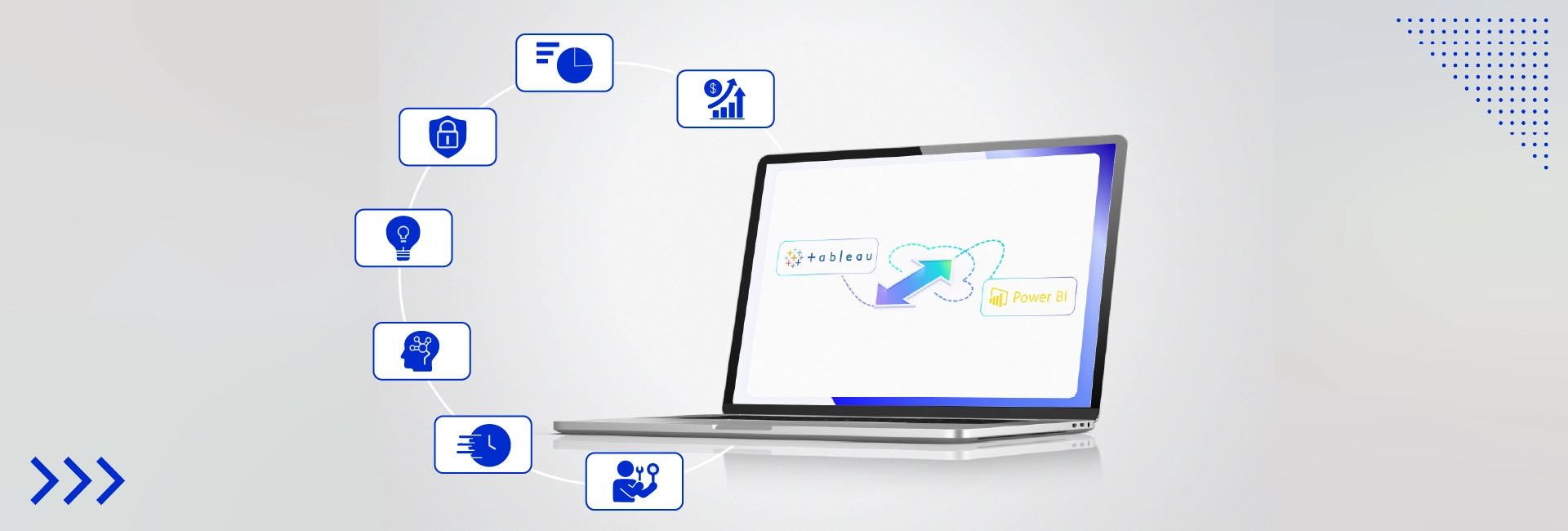Six months of publishing content, fine-tuning keywords, and ticking every box on the SEO checklist; and still nothing to show for it. Not a blip on the traffic radar. No movement in rankings. Just silence.
That’s the moment frustration turns into doubt. Not in SEO itself, but in everything that was done along the way. Did the keywords miss the mark? Was the site architecture flawed from day one? Or was all that effort built on assumptions that didn’t match how search engines really work?
This happens more often than most will admit. The early months of SEO are fragile. A few wrong moves, and the entire system stalls. Sometimes the content is fine, but the technical backend is broken. Other times, the blog strategy is solid, but the keywords are out of reach. And occasionally, the internal team just hits a ceiling in terms of skill and time.
In this blog, that entire mess gets broken down. The hidden flaws, the missed steps, and the strategic resets that actually improve website rankings. It’ll also make one thing clear: knowing when to outsource digital marketing isn’t giving up. It’s protecting growth before more time and traffic gets wasted.
The underestimated SEO traps that break progress
There’s a difference between a campaign that’s slow and one that’s dead. These are the patterns that usually mean the latter:
- Targeting the wrong keywords from the start: Generic, broad, high-volume terms sound good in theory, until they bury a site under competition that’s been building for years. A new brand chasing “project management software” has no shot. “Project management software for remote architecture firms” is where traction starts.
- Blogging without depth or purpose: Posting weekly doesn’t equal authority. Not if the posts are shallow, disconnected, and written for Google instead of actual people. Blogs that bounce around from topic to topic, without forming a content cluster, will never anchor a site’s relevance.
- Technical issues quietly killing performance: Sometimes the content is decent, the backlinks exist, but the site speed is dragging everything down. Or a noindex tag is blocking half the site from being seen. Or internal links are broken. These things are invisible unless someone’s looking for them, and most aren’t.
- No real off-page credibility: Search engines don’t care what a brand says about itself. They care who’s vouching for it. Backlinks, brand mentions, even unlinked citations; they’re all signals. If no one else is pointing toward the site, why would Google?
Audit the site like it’s a crime scene, Not a checklist
Forget automated scans. Fixing SEO means treating the site like something’s gone wrong, because it has.
Start with Search Console. Are important pages getting indexed? If not, what’s stopping them, crawl errors, sitemap exclusions, rogue noindex tags?
Crawl the entire site with tools like Screaming Frog or Sitebulb. Check the basics: broken links, redirect loops, duplicate content, orphan pages, missing alt text, poorly structured URLs. These are not "minor issues"; they are barriers.
Audit speed. Core Web Vitals matter. A site that takes five seconds to load is already out of the race. It doesn't matter how good the blog is, no one sticks around long enough to read it.
Look at content. Do the title tags match the intent of the searcher? Are meta descriptions earning clicks, or getting ignored? Are there pages getting impressions but zero clicks? Those are missed opportunities waiting for cleanup.
Then go off-page. Use Ahrefs, SEMrush, or Majestic to assess the backlink profile. Low domain authority, toxic backlinks, and anchor text that reads like spam, it all adds up.
An audit isn’t about finding one big issue. It’s about revealing a pile of small ones that, together, explain why the site isn’t moving.
Build a content strategy that’s not just “More posts”
When the default move is to just crank out more blogs, traffic stays stuck. SEO content that ranks in 2025 doesn’t live in isolation. It lives in clusters.
Build a core pillar page around a major theme. That’s the flagship. Then publish supporting content that connects directly to that pillar, internal links, consistent voice, focused topics. It shows Google depth, not just surface coverage.
This also helps map content to the buyer’s journey. Don’t just write for awareness. Write for people comparing options, looking for proof, or trying to decide. The site needs content at every stage of the funnel, including bottom, middle, and top. Anything less, and users drop off midstream.
Need proof? Take a look at this full-funnel digital marketing breakdown for what that structure actually looks like in practice.
SEO isn’t about showing up once. It’s about surrounding the searcher with value across multiple moments.
Track SEO metrics that actually mean something
Checking rankings every day is a waste of time. A page can sit in position three and do nothing for business. That’s why tracking has to go deeper.
Look at:
- Organic conversions (real goals completed—leads, demos, purchases)
- Click-through rates (if people aren’t clicking, the metadata needs rewriting)
- Pages per session and dwell time (are users exploring or bouncing?)
- Keyword opportunities (terms the site is already showing up for on page 2, those are the next wins)
- New backlinks earned (are people linking to content naturally?)
Even more valuable: connect Google Analytics and Search Console. It shows which search queries are leading to actual revenue-driving actions.
Still trying to decide between organic traffic and just throwing money at ads? Here’s a sharp breakdown on SEO vs paid ads, what’s really worth time and money depending on the goal.
Know when to outsource SEO to experts
There’s a point where DIY SEO hits a wall. And most teams won’t see it until the damage is already done; burned budgets, wasted months, and no traffic.
Sometimes it’s the technical side that’s too advanced. Sometimes it’s content that keeps missing the mark. And often, it’s just a matter of not having enough time to execute the strategy properly.
At that point, continuing to force it internally becomes a liability. That’s when it makes sense to outsource SEO services and let people with actual ranking experience take over.
But choose carefully. Some agencies just send reports. Others send results. Vet for people who understand your industry, not just keywords. Read this before committing: How to choose the right digital marketing outsourcing partner.
This is one decision that can undo six months of wasted effort, or double it.
Final word: Fixing SEO is big task; But it’s fixable
Six months of no progress doesn’t mean SEO is broken. It means the approach needs a hard reset. Not a fresh round of hope. Not another list of keywords. Real strategy. Real action. Real fixes.
That means:
- Auditing deeply, not casually.
- Publishing with intent, not just frequency.
- Tracking metrics that drive revenue, not vanity.
- Getting help when the team’s at capacity.
- Owning the fact that good SEO isn’t cheap or fast, but it pays back more than almost any channel when done right.
Brands that figure this out early waste less time. And the ones that move fast when they’re stuck? They stop bleeding traffic and start growing again.
And when the pressure to deliver results is high but bandwidth or expertise is low, it’s okay to get help. That’s where teams like FBSPL step in with hands-on execution, clear plans, and a sharp focus on results that lead to revenue, not just google website rankings.
Talk to our experts for a 15-min free consultation.





